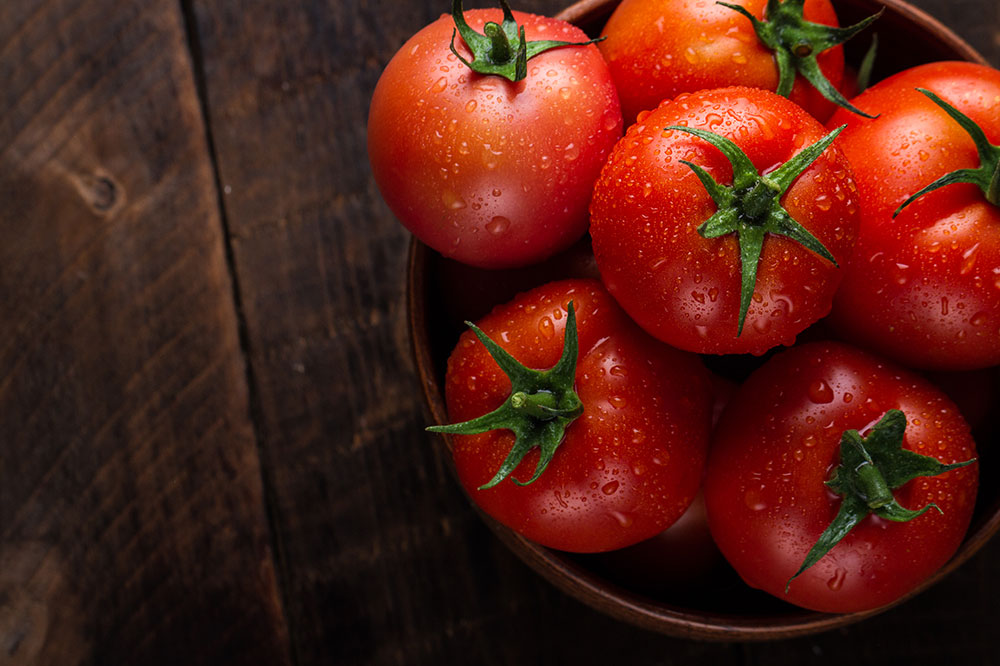Foods to eat and avoid to manage mycosis fungoides

Mycosis fungoides is a type of T-cell lymphoma of the skin. It’s responsible for the T-cells turning cancerous and manifesting in the form of skin issues. The condition is more common in those above 50, and treatment for the disease is often palliative to improve quality of life and alleviate symptoms. This article talks about the foods to eat and avoid to manage mycosis fungoides.
Foods to eat
The nutritional requirement for cancer usually depends on the type of cancer, its treatment, and the patient’s age and gender. Here are a few foods that those with this condition should regularly eat.
Tomatoes
Tomatoes are extremely nutritious and a common food found in one’s kitchen. They work well with salads, soups, sauces, sandwiches, curries, and several other preparations. Thanks to their active ingredients, like citric acid and lupeol, tomatoes are approved for those looking at mycosis fungoides relief options. They taste delicious in any form, be it roasted, raw, or partially cooked. Tomatoes should be incorporated into one’s daily meal regimen, as they help amplify the results of chemotherapy that is given to T-cell lymphoma patients.
Cucumbers
Like tomatoes, cucumbers are versatile food ingredients. They can be easily incorporated into daily meals as a part of salads, sandwiches, and juices. Cucumbers are beneficial for patients looking at healthy foods for mycosis fungoides relief options. They contain bio-actives like lupeol that enhance the activity of romidepsin. Romidepsin is a medicinal compound commonly used in chemotherapy to treat those with T-cell lymphoma.
Foods to avoid
While it is essential to know what foods to eat to manage this condition, it is equally important to know what foods make it difficult to alleviate symptoms of mycosis fungoides. This is in addition to the foods and beverages that are generally deemed bad for a healthy mind and body. Here is a list of foods that should be avoided by patients looking at mycosis fungoides relief options.
Bell peppers
Bell peppers are rich in calcium and iron. They have high antioxidant content and are a great source of fiber. One of the major reasons why bell peppers are considered healthy is because they contain capsaicin. However, for those with this condition, capsaicin can do more harm than good. While it is perfectly safe and healthy to consume capsaicin-containing foods, it can have a negative impact on people undergoing chemotherapy treatment that involves romidepsin. This is because capsaicin tends to interfere with the working of romidepsin, making this generally healthy food a definite must-avoid for those with mycosis fungoides.
Margarine
Margarine is a tempting option for those who love to eat buttery foods but don’t eat butter. A dollop of margarine is a quick way to add fat and flavor to meals. However, excess consumption of this ingredient is quite harmful. Margarine isn’t considered a healthy food option and for the right reasons. Its high saturated fatty acid content makes it difficult to digest and eliminate from the body, and its deposition in the blood vessels can lead to cardiac-related issues. It is particularly bad for patients with mycosis fungoides, as it is responsible for slowing down the efficiency of the chemotherapy treatment.